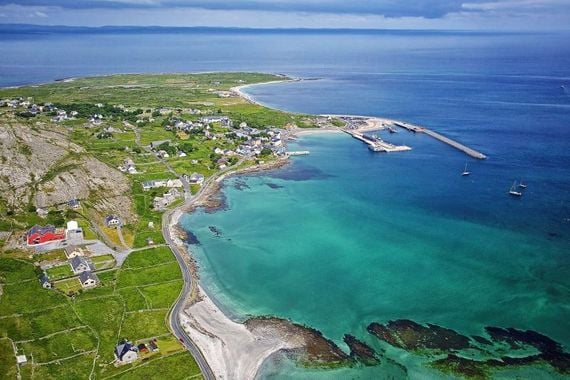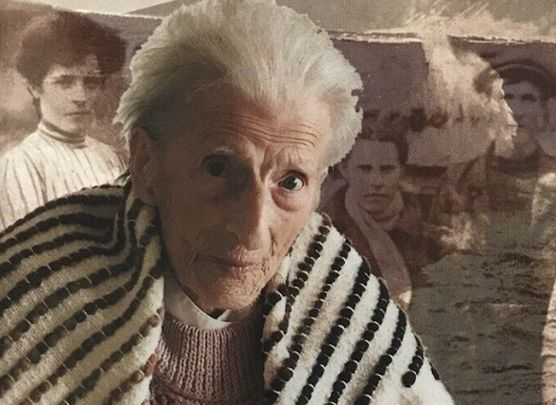Bridget Dirrane, affectionately known as "The Woman of Aran," left an indelible mark on Irish history, spanning three centuries and witnessing monumental events that shaped the nation.
Born Bridget Gillan, on November 15, 1894, on the rugged island of Inis Mór, off Galway. she was the youngest of eight children in a family deeply connected to the traditions of music and dancing. Despite early tragedies with the loss of her brother and father, Bridget's childhood was characterized by joy and a love for her island home. From an early age, she expressed a desire to be a nurse, a dream she pursued passionately, guided by the knowledge passed down from her mother.
Bridget's journey into history began when she left Inis Mór to work as a childminder in Tuam, County Galway, and later as the housekeeper for Father Matt Ryan in Knockavilla, County Tipperary. It was there that she joined Cumann na mBan, a pivotal moment that set her on a path intertwined with the turbulent events of Irish history.
Her involvement in the War of Independence saw her training as a nurse at St Ultan's Children's Hospital, in Dublin, a decision that led to her arrest by the notorious Black and Tans during a raid. Unbroken and defiant, Bridget infuriated her captors by dancing and singing in Irish during her incarceration. A subsequent transfer to Mountjoy Prison became the stage for her courageous nine-day hunger strike, highlighting her unwavering commitment to the cause.
Bridget Dirrane's memories of the War of Independence were etched with poignant moments, including the execution of Kevin Barry, an event she solemnly witnessed during a Cumann na mBan vigil outside Mountjoy.
Despite her opposition to the Treaty and the anguish caused by the Civil War, Bridget later found herself caring for the family of Gen Richard Mulcahy, a significant shift that showcased her resilience and capacity for forgiveness.
In 1927, seeking new horizons, Bridget emigrated to the United States and became a nurse in Boston. Her life took a turn when she met and married Edward (Ned) Dirrane, an island neighbor. Together, they weathered the challenges of the Depression and contributed to the war effort during World War II.
Returning to Aran in 1966, Bridget embraced her later years with remarkable vigor. She oversaw the renovation of Cliff Edge Cottage, planted flowers and trees, and took joy in raising the children of her stepson Coleman and his wife, Margaret.

An aerial view of Inis Mor, the largest of the Aran Islands, off Galway.
Bridget Dirrane's story is also one of adaptability. She witnessed the growth of tourism on the Aran Islands, welcoming change while lamenting the stress of modern life. Throughout her long and eventful life, she met prominent figures like Senator Edward Kennedy, former US Ambassador Jean Kennedy-Smith, and Hillary Rodham Clinton.
A devout Catholic, Bridget marked her 100th birthday by gifting a stone statue of Our Lady to Inis Mór, expressing her deep connection to the island and her spiritual beliefs. Her memoir, "A Woman of Aran," became a best-seller in 1998, capturing the essence of a life lived fully, marked by resilience, compassion, and an unyielding commitment to her roots.
As Bridget Dirrane passed away on December 31st, 2003, at the remarkable age of 109, Ireland bid farewell to a woman who bore witness to its tumultuous history, leaving behind a legacy of courage, service, and an enduring love for the Aran Islands.
Here is a short film, "The Woman Of Aran", directed by Thomas O’Donoghue, and posted to YouTube by the Irish Cultural Centre Hammersmith, in London:




Comments